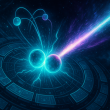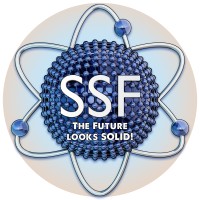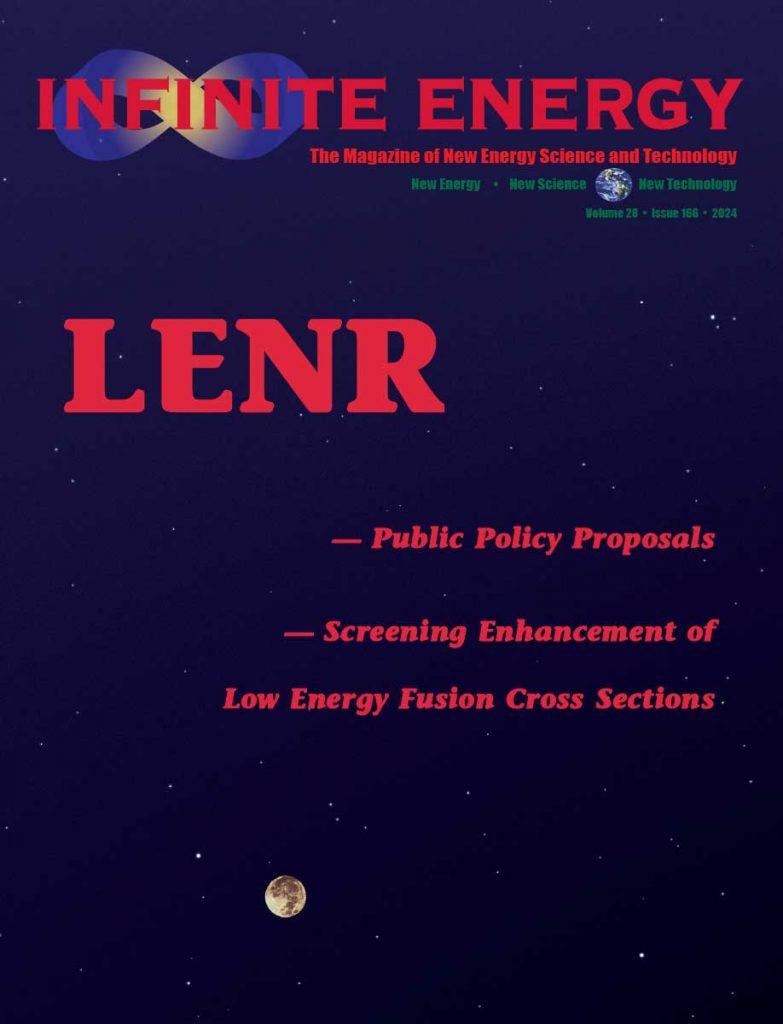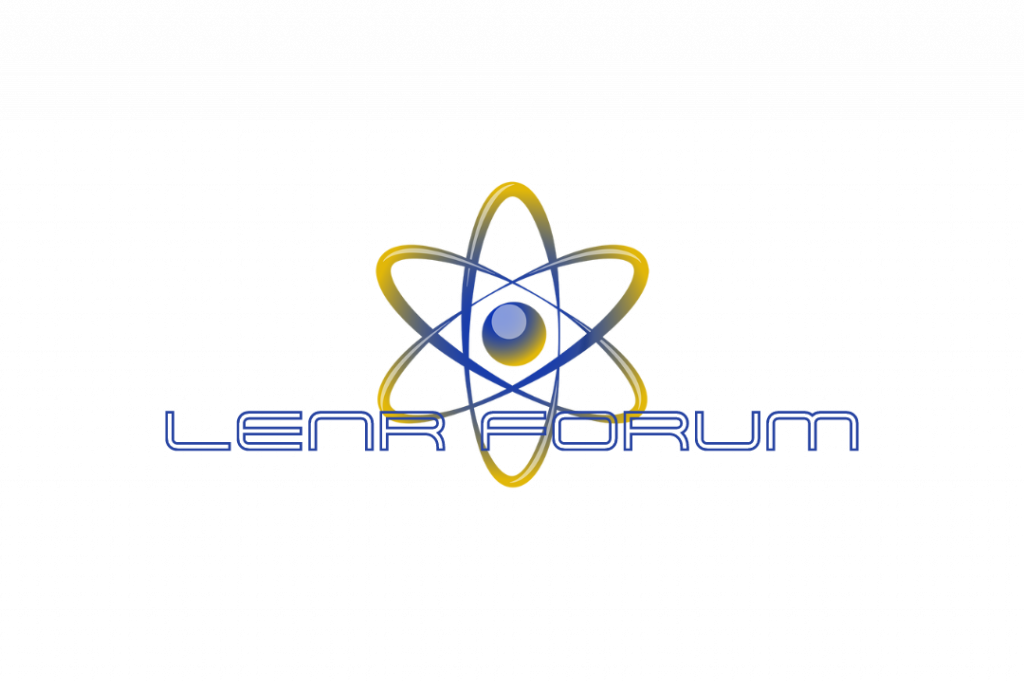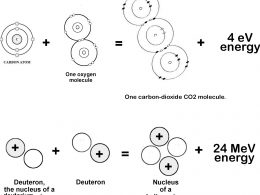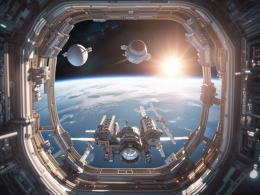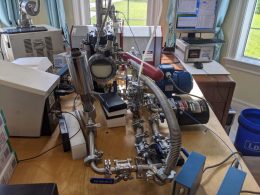A monthly round-up of the best of LENR-Forum

Your Source for Open Science and Emerging Energy Technology
CleanHME final event held at the University of Szczecin
“The CleanHME final event was held at the University of Szczecin during January 23-24, 2025. All participants presented their latest achievements. These final accomplishments include:
- Direct observation of high-energy particle emissions from low-energy nuclear reactions, measured by multiple laboratories.
- Calorimetric observation of excess heat production under elevated temperature conditions, at ideal temperatures for highly efficient heat-to-electricity conversion, measured by multiple laboratories
These final achievements shall be described in upcoming public deliverables.
While our project is approaching its completion, all participants plan to continue these research efforts, to continue with the cooperation established by CleanHME, and to pursue the exploitation of our project results.”
CleanHME final event held at the University of Szczecin – CleanHME
In the Media (The Guardian debate about LENR):
Cold fusion may be a viable energy alternative to end reliance on fossil fuels
1.A number of companies have been able to make these low-energy nuclear reactions work reliably, write Brian Josephson, David J Nagel, Alan Smith, Dr Jean-Paul Biberian and Yasuhiro Iwamura
2.Skeptical response to the Guardian letter above: Cold fusion claims that don’t bear scrutiny | Nuclear power | The Guardian
3.Jonah Messinger, Florian Metzler, Matt Lilley, Nicola Galvanetto and Huw Price respond to the above criticism of Nobel Laureate Brian Josephson, and his co-authors Guardian “Letter”:
We need to keep an open mind on cold fusion potential | Nuclear power | The Guardian
Jacques Ruer offers his opinion on the matter: https://www.lenr-forum.com/forum/thread/6871-news-from-jacques-ruer-sfsnmc/?postID=211766#post211766
Papers:
1.Experimental and theoretical validation for transmutation of palladium at electrochemical interfaces
Electrolysis of D2O may be used as a portable neutron source with numerous applications without the complexity of huge reactor operations. Herein, we report reproducible fast neutron generation by electrolysis of D2O using palladium cathode and platinum anode, which was detected with diamond detector, gas filled 3He detectors after thermalisation with high density polythene, as well as novel epoxy resin and CR-39 detectors. Notably, a highly reproducible neutron generation at electrochemical surfaces of palladium electrode was observed and signature transmutation via Pd (d, n) Ag was corroborated. This was further explained using a theoretical model based on second order quantum perturbation theory.
2.Detections of He-3 in Ni-based binary metal nanocomposites with Cu in zirconia exposed to hydrogen gas at elevated temperatures
The present study aims to detect helium-3 in nickel-based metal nano-composites doped with zirconia, which exhibited anomalous heat generation when exposed to hydrogen gas at approximately 450°C. Two complementary analytical techniques were employed: nuclear reaction analysis utilizing 1.4 MeV deuteron beams from a tandem accelerator, and thermal desorption spectrometry using a quadrupole mass spectrometer. Both methods successfully detected helium-3 in the samples. Given the extreme rarity of this isotope, its presence strongly suggests the occurrence of nuclear reactions within the nickel-containing materials. These findings lend support to the 4 hydrogen/tetrahedral symmetric condensate (4H/ TSC) model, which uniquely predicts helium-3 as one of the primary reaction products.
3.Consistency of helium production with the excess power in the palladium-D2O electrochemical system Melvin H. Miles a,*, Peter Hagelstein b
These 1991–1992 experiments involving NAWCWD and Rockwell International were designed to test for possible relationships between the excess power in cold fusion experiments and helium production. The experiments were Double Blind because results were reported only to an independent third-party at the University of Texas. Our calorimetry measured 0.100 W, 0.050 W and 0.020 W for these three experiments [7,14] while Oliver reported the numbers for He-4 atoms per flask as 1.34 × 1014, 1.05 × 1014, and 0.97 × 1014, respectively [13,14]. It is obvious that these He-4 results are in the correct order, but do they agree with theory? Note also that these Oliver results were accurately extrapolated back to the day when each gas sample was collected. This minimizes any small errors due to the atmospheric He-4 diffusing into each glass collection flask (0.2 ppb per day) [13]. The initial results reported for the cell current (I), the experimental excess Power (PX), and the helium-4 measurements are given in Table 1. [13,14]. There were also periods of radiation detection during these experiments [14].
Videos worth watching:
For decades, we’ve been told that stars are the ultimate element factories, forging everything from hydrogen to the heavier elements that make up our world. But what if element formation is far more widespread than we think? 🤔 In this video, we explore the hidden forges of the universe, from the interstellar medium (ISM) to planetary crusts, and even unexpected mineral deposits deep within Earth. Could low-energy nuclear reactions (LENR) play a role in reshaping how we think about nucleosynthesis? Is there evidence that elements are being formed or transformed outside of traditional stellar processes? 🔹 What’s really happening in the ISM? 🔹 Why do we find gold, silver, and uranium in strange places? 🔹 Could LENR offer an explanation for element formation beyond stars?
This is a Russian video, with English voice over, explaining the recent paper by: Florian Metzler, Camden Hunt, Peter L Hagelstein and Nicola Galvanetto. Known mechanisms that increase nuclear fusion rates in the solid state. 2024 New J. Phys. 26
LENR commercial news:
1.Fred Hagen is interviewed by Brett Hoverstott about his years long, independent examination of Randell Mills Hydrino: Episode #8: Extraordinary Evidence – by Brett Holverstott
2. (9) APEC 1/18: Catalyzed Fusion, Quantised Inertia & Aether Theory | LinkedIn
Haslen Back presents on Catalyzed Fusion / LENR Energy, Mike McCulloch discusses observations of thrust from Quantised Inertia, and Shiva Meucci discusses a new solution for deriving the fine structure constant from first principles in aether theory
-Haslan Back of ENG8 held an open discussion with a host of LENR notables, including Brian Josephson:
3.

4. SunCell Shines in Pennsylvania | Brilliant Light Power
After over six challenging months of decommissioning, packing, moving, planning, building, satisfying regulations, unpacking, organizing, innovating the replacement of the startup system, and assembling, the SunCell is back online.
5.Aureon Energy has updated their website and made some changes to their business plan:
Congrats:
Upcoming event:
A special session on “Electrochemically & Electrically Activated Condensed Matter Nuclear Reactions” in the 249th Electrochemical Society Meeting in Seattle, May 24-28, 2026. This symposium aims to bring together the different research groups working within the framework funded by US-DOE/ARPA-E, Anthropocene Institute, EU-CleanHME, Japanese-industry-government consortium and Condensed Matter Nuclear Community who typically meet via ICCF and IWALHM meetings. Over the last three decades, the experimental evidence on the anomalies in electrochemically/electrically/thermally activated hydrogen-loaded materials has been increasing. Experimental observations include light and heavy element nuclear transmutations, emissions indicative of nuclear activity, and excess heat measurements. A resurgence in this field occurred due to the publication “Revisiting the cold case of cold fusion,” Nature (2019), driven by the research undertaken in universities and funded by Google. Increasingly, research from this field is finding greater acceptance in mainstream peer-reviewed journals. With its promise of expanding frontiers of existing knowledge and enormous scope in energy and valuable isotope generation, this brain-storming session hopes to converge university research groups, national labs and industries working in the area of condensed matter nuclear science and engineering.
Abstracts are to be submitted electronically to ECS headquarters.
Questions and inquiries can be to Raj Pala, Indian Institute of Technology at
Kanpur, email: [email protected]
With best wishes,
Raj Pala
Professor, Department of Chemical Engineering,
Head, Materials Science Programme,
Head, Nuclear Engineering & Technology Programme,
ElectroChemical, Catalysis and Separations Engineering Lab (“ECCSEL”),
304, Northern Lab-II,
Indian Institute of Technology, Kanp
COMMUNITY
GET LINKED * CONTACT LENR-FORUM
Before it’s out, it’s at
Be a LENR News author. Submit your work to the LENR-Forum News here.
DISCLAIMER Mentions of any investment funds or private business do not indicate endorsement by the Authors or LENR-forum members. LENR-forum supports metal-hydrogen energy and solid state fusion as a zero-carbon solution to global energy needs. By publicizing community activity, we do not intend or seek to promote any one entity over any other. We do not give investment advice or suggestions. Due diligence is required before investing in any venture. Information is provided solely for educational and research purposes.

Do you have a news or article that deserves a wider distribution?
Or maybe you have a talent that complements us?
Get in touch!



